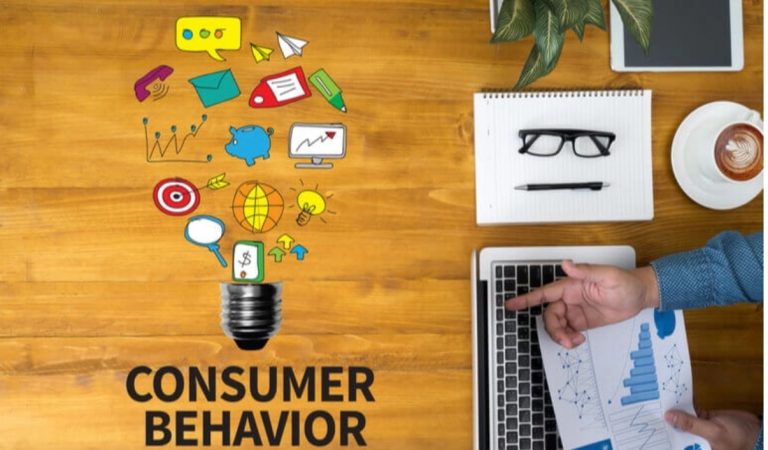
As technology evolves, so do the preferences and behaviors of consumers. However, we often fail to anticipate how people will react to new products or services, and what factors will influence their adoption. In this blog post, I will explore some of the reasons why consumers can be irrational, from our perspective, and how we can better understand and serve them.
One of the main challenges of predicting consumer behavior is that it is not always based on logic or rationality. Consumers are influenced by emotions, biases, social norms, habits, and other psychological factors that may not align with our expectations or assumptions. For example, consumers may value convenience over quality, novelty over functionality, or status over utility. They may also be swayed by marketing strategies, peer pressure, or word-of-mouth recommendations.
Some examples of irrational consumer behavior include:
Register for Tekedia Mini-MBA edition 18 (Sep 15 – Dec 6, 2025) today for early bird discounts. Do annual for access to Blucera.com.
Tekedia AI in Business Masterclass opens registrations.
Join Tekedia Capital Syndicate and co-invest in great global startups.
Register for Tekedia AI Lab: From Technical Design to Deployment.
Paying more for a product or service that has a lower quality or performance than a cheaper alternative. Buying a product or service that they do not need or use, just because it is trendy or popular. Switching from a product or service that they are satisfied with, to a new one that has no clear advantage or benefit. Rejecting a product or service that has a superior quality or performance, because it is unfamiliar or different. Sticking to a product or service that they are dissatisfied with, because they are loyal or resistant to change.
Consumer behavior is influenced by social and cultural factors that are not always observable or measurable. Consumers are influenced by the opinions, values, beliefs, and norms of their family, friends, peers, and society. These factors can affect how consumers perceive and evaluate products and services, as well as how they communicate and interact with others. Marketers need to understand the social and cultural context of their customers and how it affects their behavior.
Consumer behavior is complex and multidimensional. Consumers do not always act in a linear or logical way. They may have multiple goals, motivations, attitudes, and intentions that guide their behavior. They may also have different levels of involvement, awareness, knowledge, and loyalty towards a product or service. Marketers need to segment and target their customers based on these different dimensions and tailor their marketing mix accordingly.
Consumer behavior is influenced by situational factors that are beyond the control of marketers. Consumers may behave differently depending on the time, place, mood, or occasion. For example, consumers may buy more during holidays, sales, or special events. They may also buy differently depending on the weather, location, or availability of a product or service. Marketers need to anticipate and respond to these situational factors and adjust their marketing strategies accordingly.
These examples show that consumers are not always rational actors who make optimal decisions based on objective criteria. They are human beings who have complex motivations, emotions, and preferences that may not be obvious or consistent. Therefore, we cannot rely on our own logic or intuition to predict what they will want or do.
How can we overcome this challenge and better understand consumer behavior? Here are some suggestions:
Conduct market research and user testing to gather data and feedback from actual or potential consumers. This will help us identify their needs, wants, preferences, pain points, and expectations. Analyze the data and feedback using behavioral economics and psychology principles. This will help us uncover the underlying factors that influence consumer behavior, such as heuristics, biases, emotions, social norms, etc.
Design products and services that cater to the needs and wants of consumers, while also addressing their pain points and expectations. This will help us create value propositions that appeal to both the rational and irrational aspects of consumer behavior. Communicate the value propositions using effective marketing strategies that resonate with the emotions and motivations of consumers. This will help us persuade and influence them to adopt our products and services.
We sometimes underestimate what technology people will adopt and how irrational “to us” a consumer can be. However, by applying these suggestions, we can improve our ability to anticipate and satisfy consumer behavior and create products and services that are successful in the market.



